CDC Loosens COVID Guidelines
The leading public health agency no longer recommends doing things people had already stopped doing.
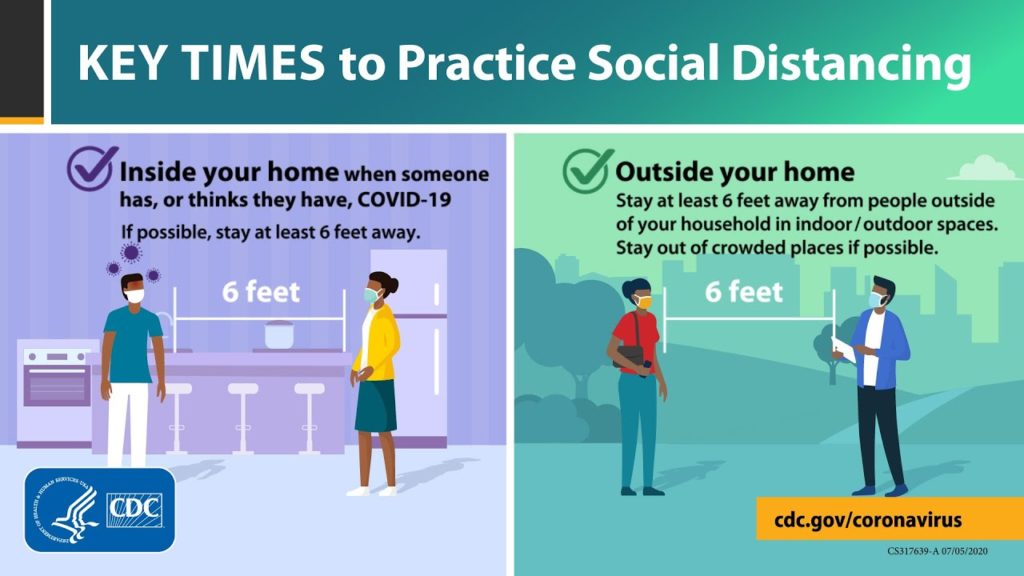
CNN (“CDC ends recommendations for social distancing and quarantine for Covid-19 control, no longer recommends test-to-stay in schools“):
The US Centers for Disease Control and Prevention says the nation should move away from restrictive measures such as quarantines and social distancing and focus on reducing severe disease from Covid-19.
In new guidelines released Thursday, the agency no longer recommends staying at least 6 feet away from other people to reduce the risk of exposure — a shift from guidance that had been in place since the early days of the pandemic.
The shift is a sign of how much has changed since the beginning of the pandemic more than two years ago. Nearly the entire US population has at least some immunity through vaccination, previous infection or, in some cases, both.
“The current conditions of this pandemic are very different from those of the last two years,” Greta Massetti, who leads the Field Epidemiology and Prevention Branch at the CDC, said Thursday.
“High levels of population immunity due to vaccination and previous infection and the many available tools to protect the general population, and protect people at higher risk, allow us to focus on protecting people from serious illness from Covid-19.”
The new CDC guidelines say contact tracing, another hallmark during the pandemic, should be limited to hospitals and certain high-risk group-living situations such as nursing homes, and the guidelines de-emphasize the use of regular testing to screen for Covid-19, except in certain high-risk settings like nursing homes and prisons.
The new guidance also does not advise quarantining people who’ve been exposed to Covid-19 but are not infected.
But the guidance does keep some measures the same. It encourages testing for people with symptoms and their close contacts. It also says people who test positive should stay home for at least five days and wear a mask around others for 10 days. It also continues to recommend that people wear masks indoors in about half the country.
The new guidelines also tailor advice on isolation for people who became very sick from Covid-19. People with moderate symptoms — such as shortness of breath — and those who were hospitalized should stay home for at least 10 days. People with compromised immune systems should now talk to their doctor about ending their isolation after an infection.
The social distancing recommendation should have ended quite a long time ago. It was a perfectly reasonable hypothesis in the early days but we’ve long since understood that being six feet away from someone in an indoor space did essentially nothing.
As a matter of pure science, a lot of the rest makes little sense. The pandemic is more widespread now than it was a few months ago. Anecdotally, while we had essentially zero cases of COVID in among our students and faculty in the first two years of the pandemic, it seems to be spreading like wildfire lately. After having avoided it in our large blended family for so long, my oldest stepdaughter had a mild case last month. Thankfully, none of the rest of us were infected.
But, as I’ve been saying for a long time now, public health is as much about politics as science. And the public has long since been “over” the pandemic, treating it as simply a fact of life to be lived with.
Once the mask mandate in the schools ended last March, I let my daughters—both of whom are fully vaccinated–go without. I got a constant stream of emails from the school about contract tracing because someone on the school bus or they passed in the halls had tested positive. For my oldest, who started middle school last year, it was almost comical, with two or three “close contacts” a day. Given that they’re both healthy and vaccinated, I essentially did nothing with the information. It would have been idiotic to pull them out for days at a time every time there was a contact. They’re either in school or they’re not.
It seems that the CDC has figured out that this is where we are now.
The changes are an acknowledgment that SARS-CoV-2 may be with us for the long haul. They aim to help people live their lives around Covid-19 with minimal disruptions to work and school. They are also more risk-based, advising people who are at higher risk for severe illness to take more personal precautions than others.
“I think they just overall come into alignment with what people are doing anyway,” says Dr. Peter Chin-Hong, an infectious disease specialist at the University of California at San Francisco.
Chin-Hong thinks some states, like California, will continue to go beyond the CDC’s guidance in their own recommendations, but by and large, he thinks these reflect the prevailing attitudes toward the pandemic. He sees it as a move by the CDC to try to regain the public’s trust.
A recent survey from the Annenberg Public Policy Center shows that most Americans (54%) are no longer masking indoors, and about 4 in 10 say they’ve fully returned to their pre-pandemic routines — up from 16% in January.
“What the CDC is, in my opinion, trying to do, they are trying to still be relevant, and maybe when they say something, people will listen to them instead of being completely 180 degrees away from what behavior is anyway,” Chin-Hong said.
Bill Hanage, an epidemiologist at the Harvard T.H. Chan School of Public Health, agrees that the new guidance shows that the CDC is trying to meet people where they are.
“I think that this is a point where you actually have to sort of get real and start giving people tools they can use to do something or not. Because otherwise, people will just will not take you seriously,” Hanage said.
I think that’s right. Not everyone agrees with the new guidelines, of course.
Other experts, however, feel that the new guidelines don’t go far enough to correct scientific missteps in previous guidance.
“This revision does not go anywhere near enough to correct the problems of flawed recommendations and lack of evidence,” said Dr. Eric Topol, a cardiologist at Scripps Research Institute in La Jolla, California, said in an email to CNN. Topol has been critical of the CDC for months, saying it wasn’t strict enough with its isolation policies for people with Covid.
Topol is likely also right. The current policy—which we followed with my stepdaughter—was to isolate for six days. That may well not be adequate in all cases. Realistically, though, once people are asymptomatic and test negative, it’s really hard to ask them to quarantine longer. Indeed, it would likely backfire, making people reluctant to report that they’ve been infected to begin with.

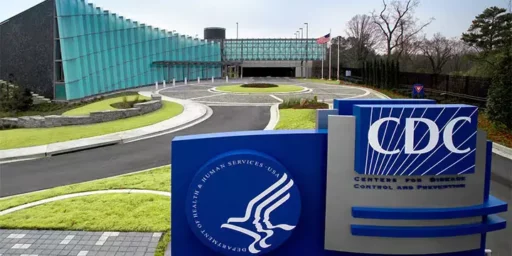

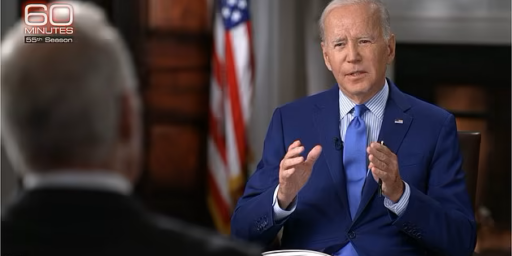
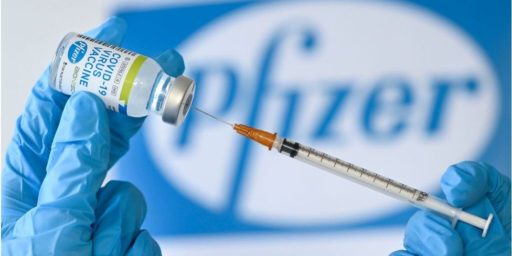
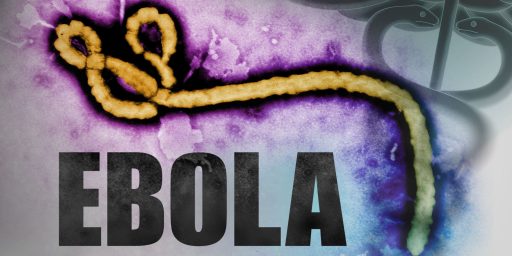
I just don’t get the love affair with COVID.
I understand taking drugs, smoking, drinking, etc. There are pleasant aspects and other short-term benefits to such things, and harm can take decades to manifest.
I don’t see any pleasant aspects or short-term benefits to COVID. There’s a lot of instant harm and fear. Of al the people I know who caught it, none were glad they did. I haven’t found this in any of the accounts I’ve read of other people who caught it.
Suppose people loved jumping out a second story window. Most won’t die, but most will be injured in some way, a few will be crippled for life. If we saw people doing this over and over, what would we think of them?
Worse yet, the COVID lovers are beginning to resent those of us who don’t love it. I suppose it was inevitable.
@Kathy: I think, during the before times, we became accustomed to a certain level of risk that we didn’t acknowledge, or probably even recognize.
We are now being asked to go about our business with the recognition of such risk, albeit a bit higher than before – and our brains need to adjust.
I’m still masking indoors, and outdoor dining only. At some point, I’ll move back to a more normal stance, but I’m not there yet.
I will admit that at the moment my feelings probably need to catch up with the facts.
Where did this come from? I haven’t seen any research to suggest this and I’ve seen some that somewhat indicates the opposite.
I wish the CDC and other sources would publish the vaccinated/unvaccinated death rates. I realize early on it was misleading, because vaccinated people were dramatically less likely to get it then unvaccinated, but that’s no longer true since the latest variants.
@Kathy:
FOXGOP made it a tribal loyalty thing.
It was obvious months ago that compliance had fallen off a cliff. It was inevitable that at some point people were going to shrug and say qu’est sera, sera.
I still mask in rare circumstances where I’m indoors with people. And I will be first in line for the next booster. But it’s easy for me so I’m not going to preach on this.
@MarkedMan:
This is only through the early days of omicron, but there remains a marked difference of illness severity and death between the unvaccinated and vaccinated.
https://www.cdc.gov/mmwr/volumes/71/wr/mm7104e2.htm
@Tony W:
@gVOR08:
It’s deeper than mere politics.
IMO most people simply don’t want to take the measures that will keep them, and their friends, families, associates, etc., safe and healthy. They’d rather keep on taking risks, or think the vaccine guarantees safety, or they just don’t give a damn.
And, yes, for the GQP it’s basically a sacrament. Not catching it per se, but not admitting it’s worse than the flu, and naturally not taking precautions at all.
Consider I’ve been at work in an office for all the pandemic, save for vacations and the one month we half tried to work remotely*. I’ve taken every precaution recommended, from distancing to masking, and I haven’t caught it yet. I intend to keep it that way.
There is a possibility I’ve caught it and went asymptomatic. How would I know?
*Through that five week period I was supposed to be at the office only 6 work days. I wound up not going to the office only 7 days.
@James: If you really dig you can piece it all together and I’ve done it from time to time. The last time I did it was a month ago and it depended on your age group. About 4:1 for the oldest patients and about 20:1 for the 25 to 45 group, if my fuzzy memory is correct.
So, just finished my 10 days of quarantine from Covid yesterday. The initial headline I saw this morning was “No More Quarantine”. Are you kidding me! Read the details and saw it’s still in effect.
I’m still testing positive. Have a little Long Covid, slight cough, some shortness of breath. Wearing a mask when I’m inside. From what I see, should taper off in a few weeks.
Let’s remember a few things:
* The covid we are seeing now, omicron, is less dangerous and more infectious. (I said “less”. I didn’t say “not”).
* We have, here in the US, cheap and fast tests that are reasonably reliable.
* We are much better at treating serious cases of covid, and because of the tests, likely to get people into treatment earlier.
* Lots of people are vaccinated. This doesn’t stop it, but slows it down a lot.
It’s all having an impact. Yeah, lots more people are getting it. See bullet point 1.
Washington State has new Covid guidelines for the schools. Not much has changed though.
@Kathy:
“I just don’t get the love affair with COVID.”
Two answers I can see:
1. Cleek’s Law rides again. Democrats took COVID seriously, and therefore Republicans were incapable of doing so.
2. There are a lot of people for whom “you’re not the boss of me” is more important than anything else. Most of us outgrow that around the time they finish puberty, but there seem to be a lot of cases of arrested development out there.
@Kathy:
That’s normal human behavior, though. People take risks in all kinds of contexts, not just Covid.
And everyone will come at any issue of risk with different assumptions and a different cost-benefit analysis. Your cost-benefit analysis on Covid seems to be more toward one end of the bell curve of opinion.
I still take a home test and mask before going to my sister’s memory care facility to visit her. They follow state guidelines very well, which adjust to conditions in our area.
In almost every other context, I’m vaxxed and relaxed.
@Andy: I’m pretty much where Andy is
@Andy:
Sometimes I think we’re living through several great filters in action.
COVID, climate change, pollution, war, autocracy…
At such times, I tell myself “nothing lasts forever.” I’m honest enough to admit that some things don’t need to last forever, they just need to last long enough.
My bottom line is that even with vaccines, and even though Omicron seems to prefer the upper respiratory tract to the lungs, people still die of COVID. Why take the chance?